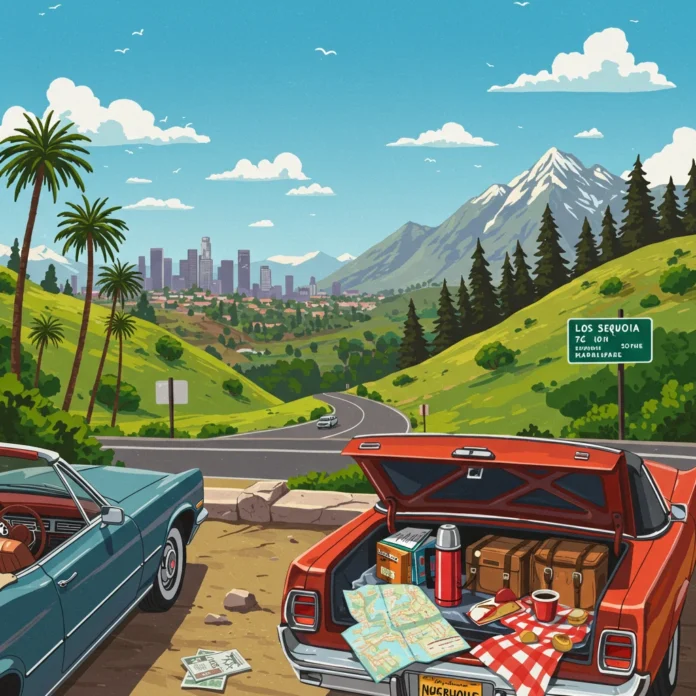Introduction: Planning Your LA to Sequoia National Park Road Trip
Setting out on a road trip from Los Angeles to Sequoia National Park promises a blend of city energy, open highways, and the serene majesty of California’s ancient forests. Whether you crave crisp mountain air, towering sequoias, or the simple joy of a classic American drive, this journey offers something for every traveler. Proper planning will help transform a routine drive into an unforgettable adventure filled with comfort, discovery, and awe-inspiring scenery.
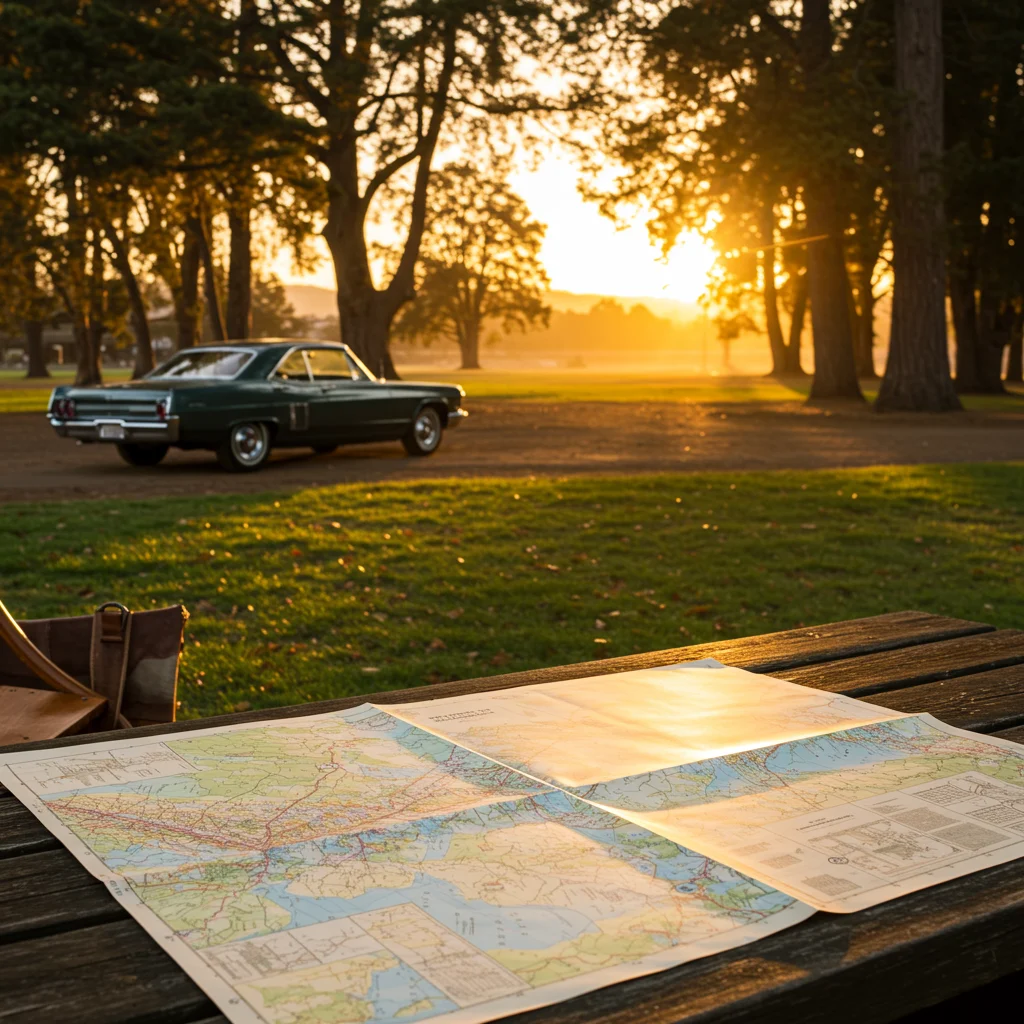
Why Take a Road Trip from LA to Sequoia National Park?
Driving from LA to Sequoia National Park is more than a means to an end—it’s an experience that links California’s urban pulse with its wild heart. The route reveals a tapestry of landscapes: bustling cityscapes, rolling Central Valley farmland, and, finally, the cool, pine-scented air of the Sierra Nevada mountains.

Unlike a quick flight or bus ride, a road trip lets us savor each mile, stop at quirky roadside attractions, and build lasting memories with friends or family. The freedom to choose our pace and itinerary transforms travel into a personal journey, much like the sense of discovery described in our insights on the Hana Road Trip.
How Far Is Sequoia National Park from Los Angeles?
The distance from Los Angeles to Sequoia National Park is roughly 220 to 250 miles, depending on the route chosen. Most travelers can expect the drive to take between four and five hours, not accounting for traffic or stops along the way.

This manageable distance makes Sequoia an ideal weekend escape or short getaway, offering a dramatic change in scenery without the exhaustion of a marathon drive.
Best Time of Year for an LA to Sequoia Road Trip
Choosing the right season for your road trip can make a significant difference in your experience. Spring and fall are often considered the best times to visit, with mild temperatures, clear skies, and fewer crowds. Wildflowers bloom in the foothills in spring, while autumn brings crisp air and vibrant foliage.

Summer is popular but can be warm in the valleys and crowded in the park. Winter offers a snowy wonderland, but some roads may close due to icy conditions, so preparedness is essential.
How Many Days Do You Need for This Road Trip?
While it’s possible to drive from LA to Sequoia and back in a single day, we recommend dedicating at least two to three days for a more relaxed and rewarding trip. This allows ample time to explore the park’s highlights, enjoy roadside attractions, and unwind without rushing.

Longer stays let you venture deeper into the park, hike more trails, and experience the tranquility of the forest after day-trippers have left.
Essential Planning Tips Before Hitting the Road
Preparation is the key to a smooth journey. Start by checking your vehicle’s condition, reserving accommodations, and researching current park conditions. It’s wise to book activities ahead of time and consider travel insurance for peace of mind—learn more in our guide to travel insurance for adventure trips.

Don’t forget to download offline maps and check for any road closures or construction updates.
What to Pack for Your Road Trip
Packing smartly ensures comfort and readiness for changing conditions. Think beyond the basics to include items that enhance safety, convenience, and enjoyment on the road and in the park.

Must-Have Travel Gear for the Journey
Reliable travel gear makes all the difference. Consider bringing:
- First-aid kit and basic tools
- Reusable water bottles and hydration packs
- Daypacks for hikes
- Travel pillows and blankets
- Portable chargers for devices
Clothing Essentials for Sequoia’s Weather
Layering is essential when visiting Sequoia National Park. Mornings and evenings can be chilly, even in summer, while midday temperatures rise quickly. Bring:
- Warm jackets and fleeces
- Moisture-wicking shirts
- Comfortable hiking pants and sturdy shoes
- Rain gear, especially in spring and fall
Food, Snacks, and Water: What to Bring?
Pack a mix of healthy snacks, sandwiches, and plenty of water for the drive and time in the park. Fresh fruit, trail mix, and granola bars travel well and offer quick energy. If you have dietary restrictions, bring your own meals, as options may be limited inside the park.
Tech and Navigation Tools You’ll Need
Download offline maps and GPS apps before you leave, as cell service can be spotty in the mountains. A paper map or printed directions serve as valuable backups. Don’t forget chargers, adapters, and a camera to capture the scenery—much like the importance of tech tools when planning a scenic flight, as discussed in our post on helicopter views in Oahu.
Choosing the Best Route: Which Way Should You Go?
There are a couple of main routes to Sequoia National Park from Los Angeles. Each offers its own advantages, from speed to scenery. Selecting your route depends on your priorities and travel style.
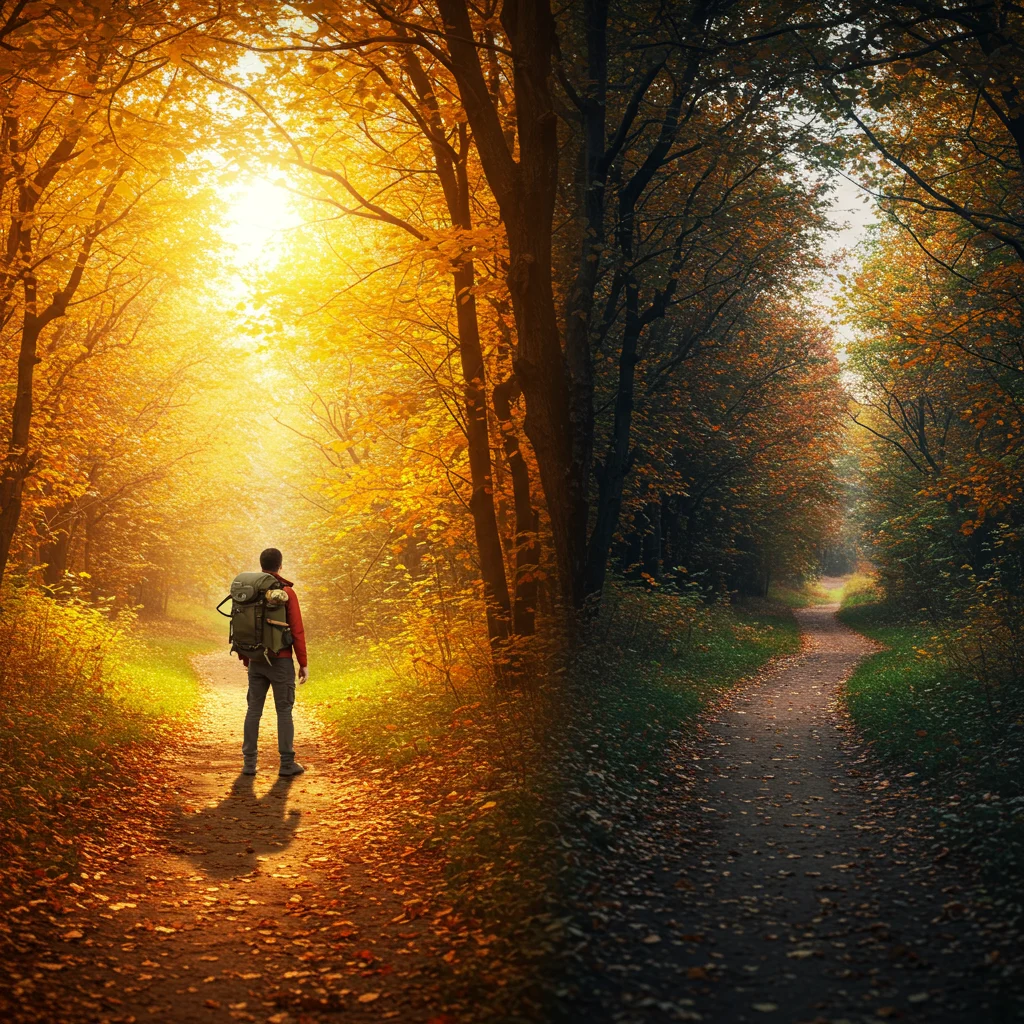
Route 1: The Fastest Way via I-5 and CA-99
The quickest path follows Interstate 5 north through the Central Valley, then cuts east on CA-99 toward Visalia and the park entrance. This route is straightforward and ideal for minimizing drive time.
Expect mostly highway driving, with gas stations and rest stops spaced at regular intervals.
Route 2: The Scenic Route via CA-14 and CA-178
If you prefer a more picturesque journey, take CA-14 through the Antelope Valley, then connect to CA-178 over the mountains. This route offers dramatic desert vistas, mountain passes, and the chance to visit charming small towns.
Allow extra time for stops and winding roads, especially if you’re traveling with family or seeking photo opportunities.
Comparing Route Options: Which Is Right for You?
Choose the fastest route if you want to maximize your time in the park or are traveling on a tight schedule. Opt for the scenic route if you value unique landscapes and local attractions along the way. Both routes have their merits, making it easy to tailor the journey to your preferences.
How to Avoid LA Traffic When Leaving the City
Getting out of Los Angeles efficiently can set the tone for your entire trip. Strategic planning helps you bypass congestion and start your adventure on a positive note.

Best Departure Times for a Smooth Start
Leaving early in the morning, ideally before 7 a.m., is the best way to avoid heavy traffic. If mornings are not an option, consider departing after 10 a.m. or waiting until late evening. Weekends and holidays tend to be busier, so factor this into your plans.
Top Apps for Real-Time Traffic Updates
Download navigation apps such as Google Maps, Waze, or Apple Maps for up-to-the-minute traffic updates and alternate route suggestions. These tools help you avoid unexpected delays and road closures, ensuring a smoother journey.
Top Stops and Attractions Along the Way
The drive to Sequoia National Park offers more than just a change in scenery. Take time to enjoy notable towns, local culture, and hidden gems that make the journey as memorable as the destination.

Bakersfield: Where to Stop and What to See
Bakersfield is a classic stop along both main routes. Stretch your legs at the Kern County Museum or grab a bite at a local diner. Don’t miss the California Living Museum (CALM), home to native wildlife and beautiful gardens.
Visalia: Gateway to Sequoia National Park
The charming city of Visalia serves as the final urban outpost before entering the park. Stroll through its historic downtown, visit local shops, or relax at one of its inviting coffeehouses. Visalia is also a great place to stock up on groceries and fuel.
Hidden Gems Along the Route
Look for quirky roadside attractions, small-town bakeries, or scenic viewpoints along the way. Local fruit stands often offer fresh, seasonal produce. These stops break up the drive and add delightful surprises to your adventure.
Best Places to Eat on the Road
Finding great food en route can elevate your road trip experience. California’s Central Valley boasts a mix of classic diners, farm-to-table cafés, and convenient fast-food options.
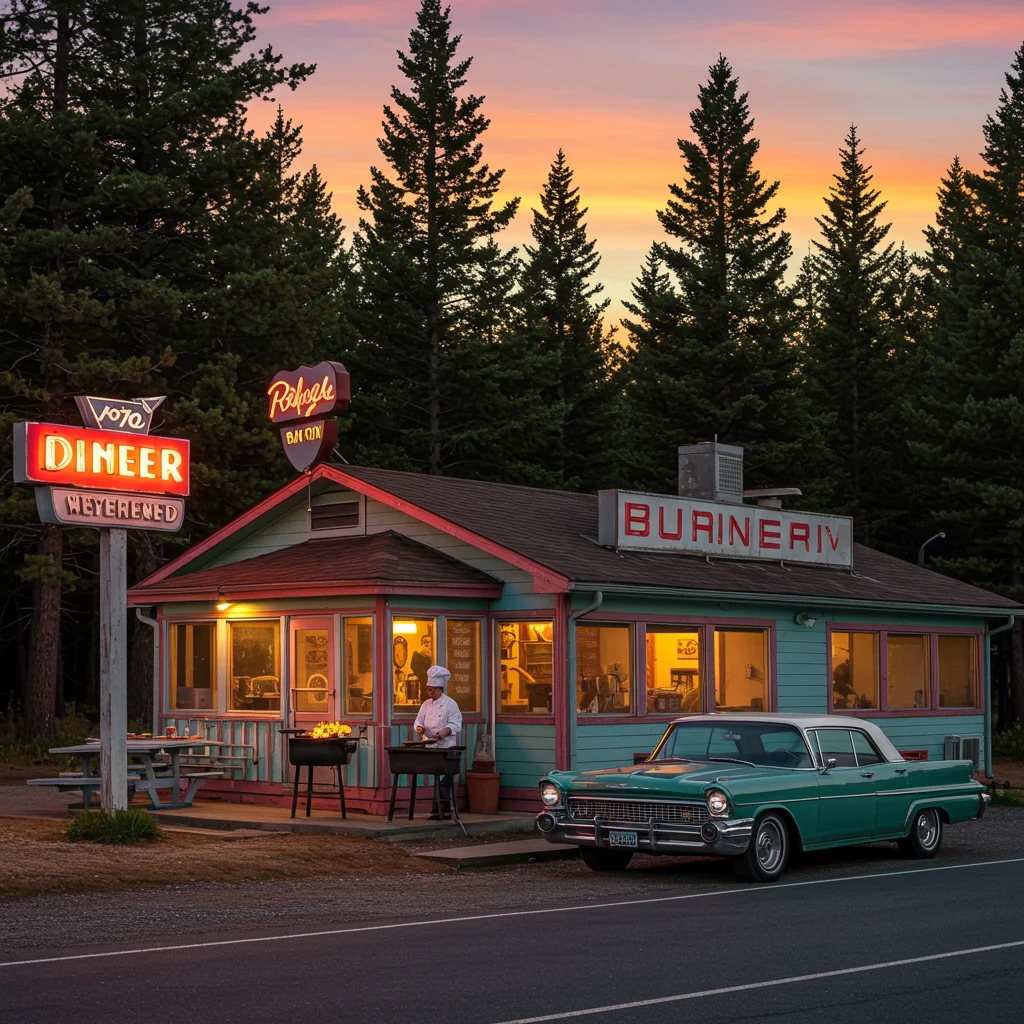
Local Diners and Cafés Worth Trying
Seek out well-reviewed local diners in Bakersfield or Visalia for hearty breakfasts and friendly service. Many spots feature regional specialties, such as tri-tip sandwiches or homemade pies.
Vegetarian and Vegan Options En Route
Plant-based travelers will find a growing number of vegetarian and vegan options along the route. Look for health-focused cafés and Mexican restaurants offering veggie burritos, salads, and grain bowls. It’s always wise to check menus online in advance.
Where to Find the Best Roadside Snacks
Roadside fruit stands and local markets are excellent for picking up fresh produce and snacks. Central Valley peaches and almonds are especially popular in summer and fall.
Gas Stations and Rest Stops: Where to Refuel and Recharge
Knowing where to stop for fuel and breaks is essential for a seamless trip. Plan ahead to avoid running low on gas or searching for clean facilities in unfamiliar areas.

Recommended Gas Stations with Clean Restrooms
Major chains such as Chevron, Shell, and Pilot are known for reliable fuel and clean restrooms, especially along I-5 and CA-99. These stops also offer snacks, coffee, and basic supplies.
Rest Areas for Stretching and Relaxing
California’s highway rest areas provide shaded picnic tables, restrooms, and pet walking areas. Use these stops to stretch, hydrate, and enjoy a brief respite from the road.
Safety Tips for Road Trippers
Prioritizing safety ensures a worry-free journey. Prepare your vehicle, carry essential supplies, and have a plan for unexpected events.

Car Maintenance Checklist Before You Go
Check your tires, brakes, fluids, and battery before departure. Confirm that your spare tire is in good condition and that you have a working jack and lug wrench. A quick visit to a mechanic can provide extra peace of mind.
Emergency Supplies Every Traveler Should Carry
Pack a roadside emergency kit with:
- Jumper cables and tire inflator
- Flashlight and extra batteries
- Reflective triangles or flares
- Basic first-aid supplies
- Blankets and non-perishable snacks
What to Do in Case of a Breakdown?
If your vehicle breaks down, move safely to the shoulder, turn on hazard lights, and call for roadside assistance. Remain inside the car if you’re on a busy highway. Having a fully charged phone and emergency contacts readily available is always recommended.
Traveling with Kids: How to Keep Them Entertained
Long drives can be challenging for young passengers. With a little creativity, you can transform hours on the road into fun, engaging family time.

Games and Activities for the Drive
Pack travel games, coloring books, and audiobooks to keep children occupied. Classic games like “I Spy” and license plate bingo never go out of style. Download kid-friendly playlists or podcasts for added entertainment.
Kid-Friendly Stops Along the Route
Plan breaks at playgrounds, parks, or interactive museums in Bakersfield or Visalia. These stops help kids burn off energy and make the journey more enjoyable for everyone.
Pet-Friendly Road Trip Tips
Bringing pets along requires a bit of extra preparation. With the right planning, your four-legged companions can enjoy the adventure as much as you do.

Packing for Pets: What Should You Bring?
Include food and water bowls, a leash and harness, waste bags, and a favorite toy or blanket. Pet-friendly travel kits with seat covers and portable water dispensers are especially handy.
Pet-Friendly Rest Stops and Parks
Many highway rest stops offer designated pet areas. Research pet-friendly parks and trails along your route for safe, enjoyable breaks.
Where to Stay: Accommodation Options Near Sequoia
There’s a wide range of accommodation options near Sequoia National Park, from cozy motels to rustic campsites and unique cabins. Booking in advance is recommended, especially during peak seasons.
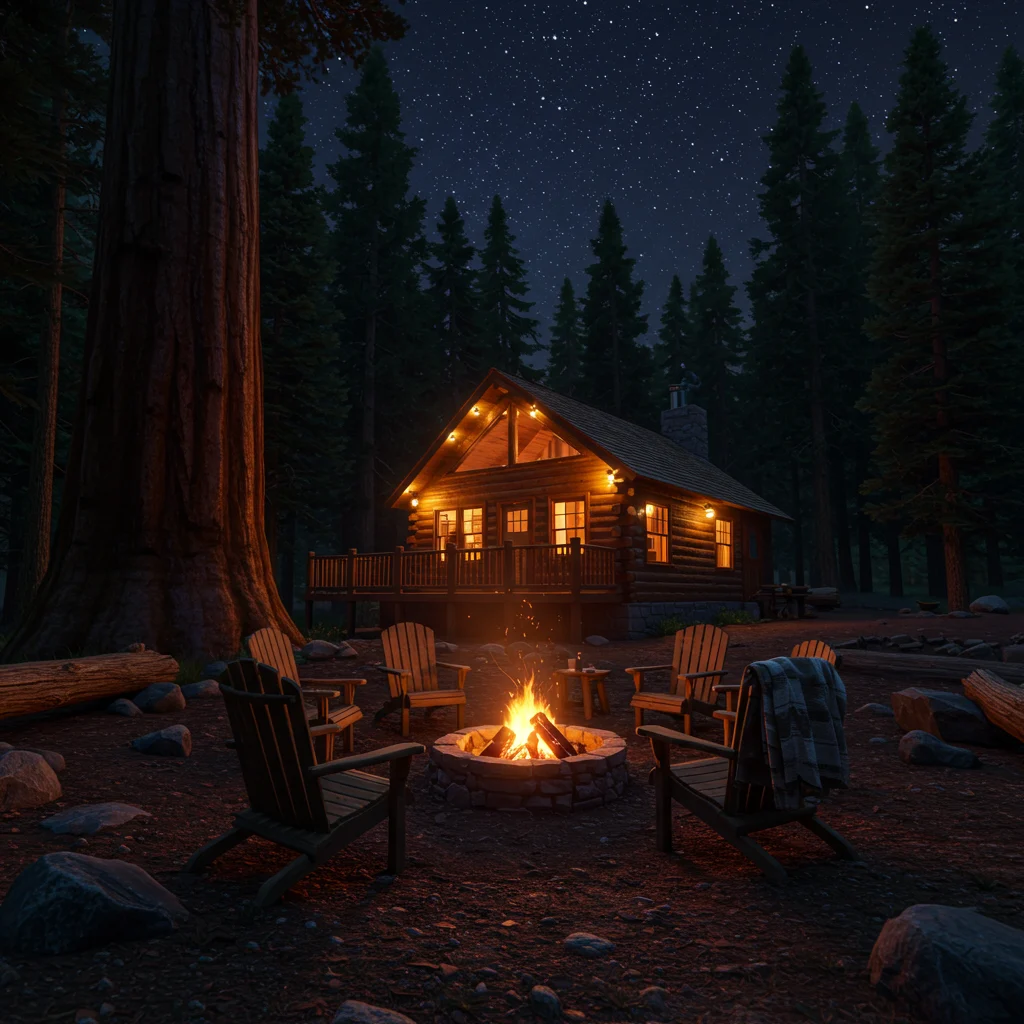
Hotels and Motels Close to the Park Entrance
Visalia and Three Rivers both offer convenient hotels and motels with amenities like pools, free breakfast, and Wi-Fi. These are ideal for travelers seeking comfort and convenience after a day of exploring.
Camping in or Near Sequoia National Park
Camping inside the park immerses you in nature and provides easy access to trails and sights. Several campgrounds accommodate tents and RVs, with some offering reservations and others operating on a first-come, first-served basis.
Unique Stays: Cabins and Lodges
For a memorable experience, consider renting a cabin or lodge. Many feature wood-burning stoves, mountain views, and rustic charm. These unique accommodations are perfect for those seeking something beyond the traditional hotel stay.
How to Reserve Campsites in Advance?
Reserve campsites through the official National Park Service website or authorized booking platforms. Early booking is crucial during summer and holidays, as spots fill quickly.
What to Expect When Entering Sequoia National Park
Arriving at Sequoia National Park is an exciting milestone. Understanding entry requirements and current guidelines will help you transition smoothly from the road to the forest.

Park Entrance Fees and Passes Explained
Expect to pay an entrance fee per vehicle, which covers up to seven consecutive days. Annual passes or America the Beautiful passes are accepted and can save money if you plan to visit multiple parks.
Current COVID-19 Guidelines and Restrictions
Check the park’s official website for the latest COVID-19 protocols, including mask requirements, capacity limits, and facility closures. Guidelines may change frequently, so be sure to verify before your visit.
Must-See Sights Inside Sequoia National Park
The park is home to some of the world’s most iconic trees and breathtaking viewpoints. Prioritize these highlights for a truly memorable experience.

Giant Forest and General Sherman Tree
No visit is complete without standing at the base of the General Sherman Tree, the largest tree by volume on Earth. The Giant Forest features paved walking paths, interpretive signs, and easy photo opportunities beneath towering sequoias.
Moro Rock: Is the Climb Worth It?
Climbing Moro Rock is a heart-pounding experience. The stone staircase winds up to panoramic views of the Sierra Nevada and the forest canopy below. On clear days, the horizon stretches endlessly, making the climb well worth the effort.
Tunnel Log and Other Iconic Spots
Drive through the Tunnel Log for a classic photo op, or visit Crescent Meadow and the historic Giant Forest Museum. Each stop offers a unique perspective on the park’s natural and cultural history.
Best Hiking Trails for Every Skill Level
Whether you’re a casual walker or an avid adventurer, Sequoia National Park offers trails to suit every ability. Lace up your boots and set out to experience the forest on foot.
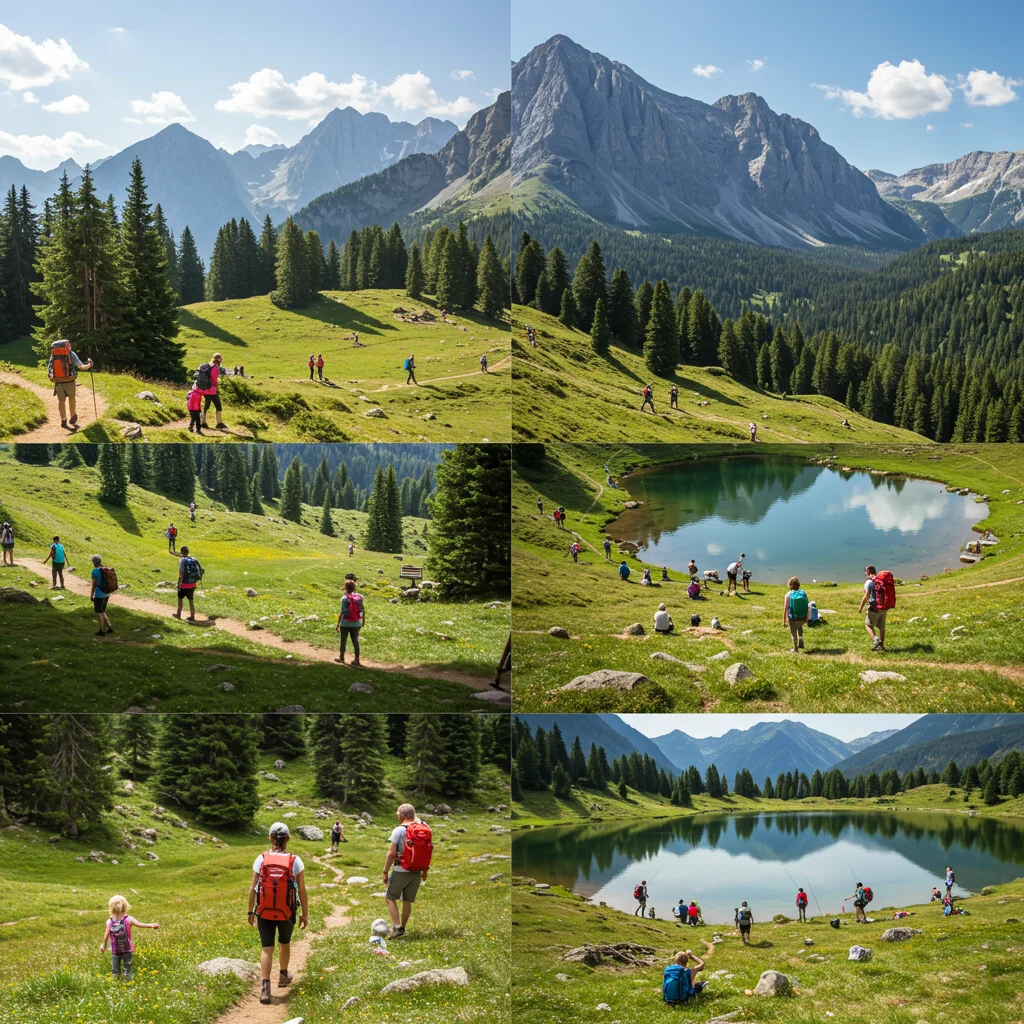
Easy Hikes for Beginners and Families
Short, well-marked trails like the Big Trees Trail and General Sherman Tree Trail are perfect for families and those new to hiking. These routes provide interpretive signs and stunning scenery without strenuous climbs.
Moderate Trails with Stunning Views
For a challenge with a reward, try the Moro Rock Trail or the Crescent Meadow Loop. These paths offer a balance of distance, elevation, and breathtaking vistas—similar to the variety found on the Big Island’s waterfall and volcano trails.
Challenging Hikes for the Adventurous
Seasoned hikers can tackle longer routes such as the Lakes Trail or Alta Peak Trail. These demanding treks reward persistence with solitude, alpine lakes, and sweeping mountain panoramas.
As experts often say:
“The journey matters as much as the destination—every step reveals new wonders if we keep our eyes open.”
Wildlife Watching: What Animals Can You See?
Sequoia National Park is teeming with diverse wildlife. Keep an eye out for black bears, deer, marmots, and countless bird species. Early mornings and dusk are prime times for sightings.
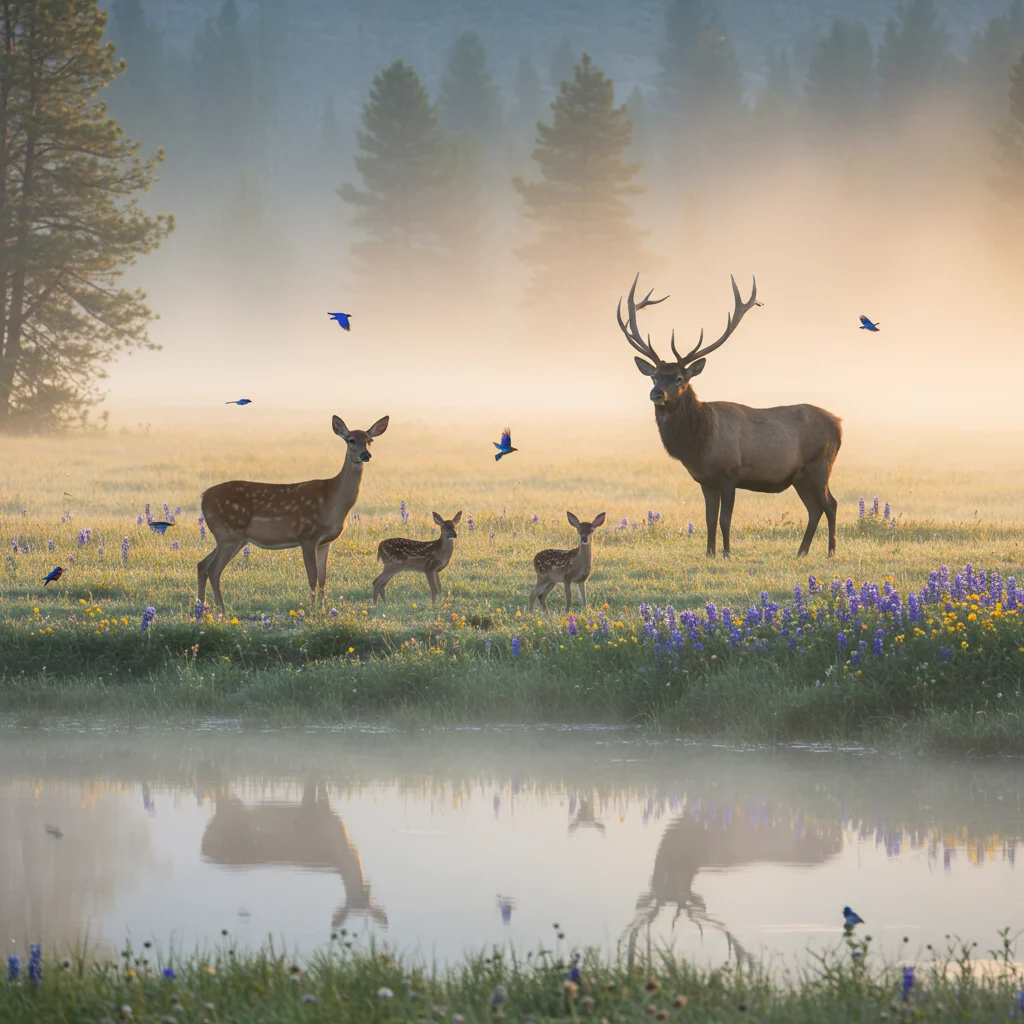
Tips for Safe Wildlife Encounters
Observe animals from a distance, never feed wildlife, and store food securely. Carry bear spray if hiking in remote areas and follow all park guidelines to protect both yourself and the animals.
Photography Tips for Capturing the Sequoias
The park’s light, shadows, and monumental trees create endless opportunities for photography. Plan your shots and consider the best times for dramatic photos.

Best Spots for Sunrise and Sunset Photos
Visit spots like Moro Rock or Crescent Meadow at dawn or dusk for golden light streaming through the trees. Experiment with angles to capture the scale of the sequoias and the play of sunlight on the forest floor. For those passionate about aerial perspectives, our guide to helicopter photography over volcanic landscapes offers additional inspiration.
How to Avoid Crowds and Find Quiet Moments
Sequoia National Park draws visitors year-round, but with a little planning, you can find peaceful corners and moments of solitude among the giants.

Early Morning vs. Late Afternoon Visits
Arriving early in the morning or late in the afternoon helps you avoid peak crowds. The forest feels especially tranquil at these times, with soft light and gentle sounds enhancing the experience.
Off-the-Beaten-Path Locations in the Park
Explore less-traveled trails and picnic areas for quiet reflection. Ask park rangers for recommendations on hidden spots away from main attractions.
Weather Conditions: What Should You Expect?
Weather in Sequoia National Park can shift rapidly, especially at higher elevations. Prepare for a range of temperatures and conditions.
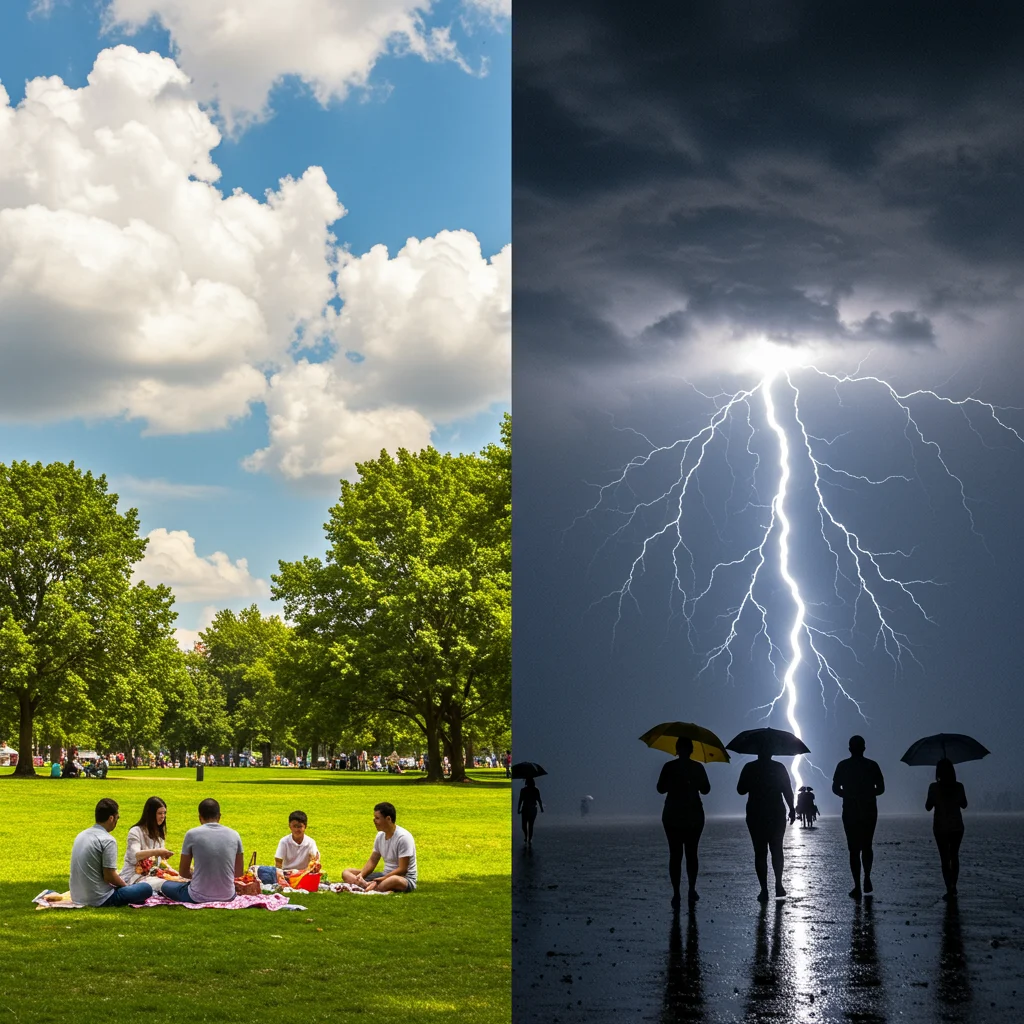
Seasonal Weather Patterns in Sequoia
Summers are warm and dry, with cooler nights. Spring and fall bring variable weather, while winter often means snow and icy roads. Check forecasts before you travel and pack accordingly.
How to Prepare for Sudden Weather Changes
Bring extra layers, waterproof gear, and sturdy footwear. Keep an eye on changing skies and seek shelter if thunderstorms approach. Being prepared allows you to enjoy your visit safely, no matter what the weather brings.
Accessibility: Can Everyone Enjoy the Park?
Sequoia National Park is committed to accessibility, ensuring that visitors of all abilities can appreciate its beauty. Many facilities, trails, and viewpoints are designed with accessibility in mind.
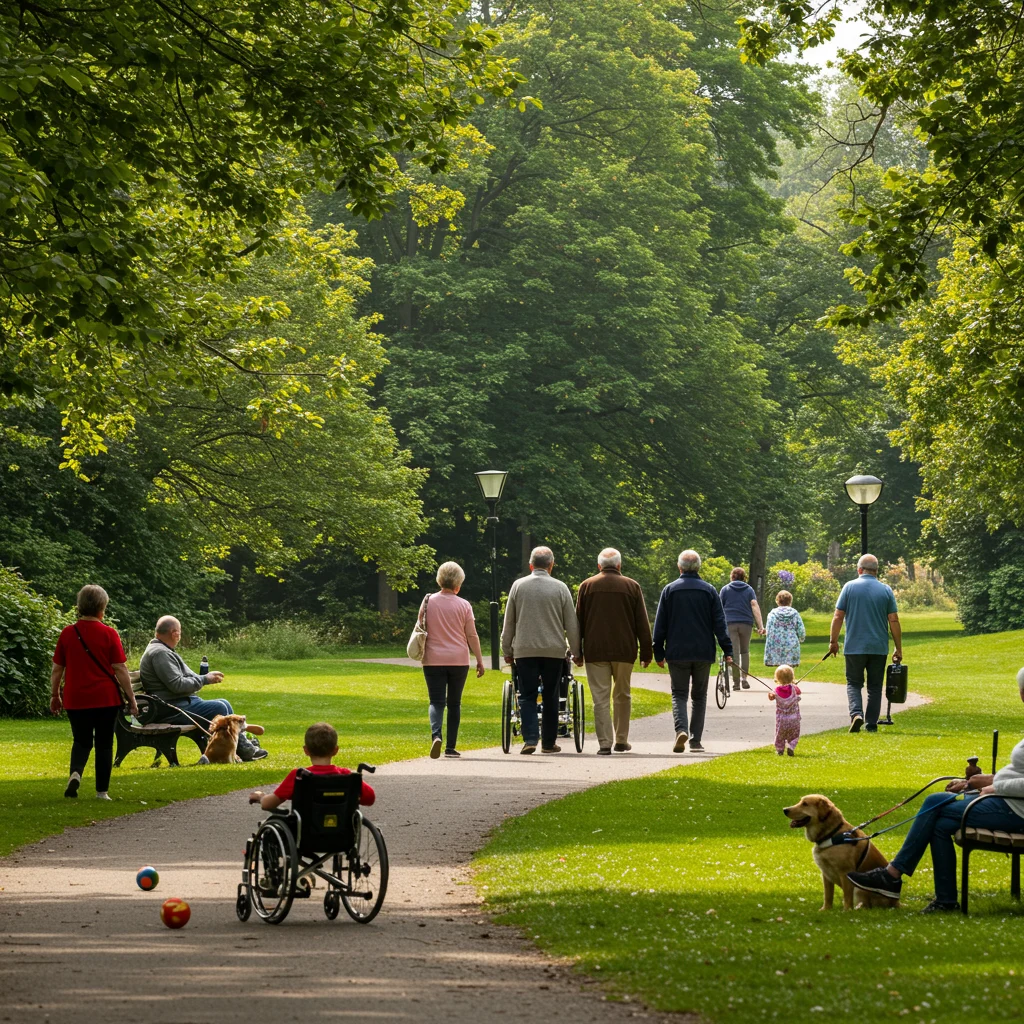
Wheelchair-Accessible Trails and Facilities
The Big Trees Trail and portions of the Giant Forest Museum area feature paved, accessible paths. Visitor centers, restrooms, and shuttle buses accommodate wheelchairs and mobility aids.
Travel Tips for Visitors with Limited Mobility
Contact the park in advance for information on accessible parking, lodging, and shuttle schedules. Rangers are happy to assist with specific needs and recommendations.
Sustainable Travel: How to Leave No Trace
Preserving the park’s pristine environment is a shared responsibility. Follow Leave No Trace principles to minimize your impact and help protect these ancient forests for future generations.

Eco-Friendly Packing and Waste Disposal
Use reusable containers, pack out all trash, and avoid single-use plastics. Stay on designated trails and avoid disturbing wildlife or plants. Sustainability is central to responsible adventure, as highlighted in our experiences with eco-conscious travel to protected landscapes.
Supporting Local Communities Along the Route
Spending time and money in local towns benefits the communities that make your journey possible. Seek out small businesses and regional events for authentic experiences.

Shops and Markets to Visit
Browse local shops in Visalia and Three Rivers for handmade crafts, fresh produce, and regional specialties. Farmers’ markets are lively spots to meet residents and sample local flavors.
Local Events and Festivals to Check Out
Time your trip to coincide with seasonal festivals, art fairs, or farmers’ markets. These gatherings offer a window into the area’s culture and traditions.
What Are the Best Souvenirs from Sequoia?
Popular souvenirs include sequoia cone ornaments, locally made jams and honey, and handcrafted wooden items. Park visitor centers often carry unique gifts and educational materials that support conservation efforts.

Tips for Returning to LA Safely
As your adventure winds down, plan your return for comfort and safety. Break up the drive with stops, stay hydrated, and rest if you feel fatigued.

How to Make the Most of Your Return Journey
Take a different route back if time allows, or revisit favorite stops for a new perspective. Reflect on your experiences and plan future trips based on what you enjoyed most.
Frequently Asked Questions About the LA to Sequoia Road Trip
Common questions include inquiries about road conditions, best places to stay, and seasonal park closures. For real-time updates, consult the National Park Service website and trusted travel forums before setting out.

How to Book on Viator
To simplify your trip planning, you can find tours, purchase park passes, and book activities directly through Viator. Their platform offers a wide range of options tailored to different interests, from guided hikes to scenic drives.

Viator is also an excellent resource for last-minute bookings and curated experiences, allowing you to plan your trip with confidence and ease.
Final Thoughts: Making Memories on Your Sequoia Adventure
Every road trip from LA to Sequoia National Park offers its own blend of excitement, challenge, and reward. With thoughtful preparation, the right gear, and an open mind, you’ll create lasting memories among the world’s tallest trees and most peaceful forests. For more travel inspiration and expert advice, visit Izase at izase.com—your trusted resource for unforgettable journeys.

Disclaimer: This information is accurate to the best of our knowledge; however, there may be changes or mistakes. Please verify exact details on the Viator booking page.

